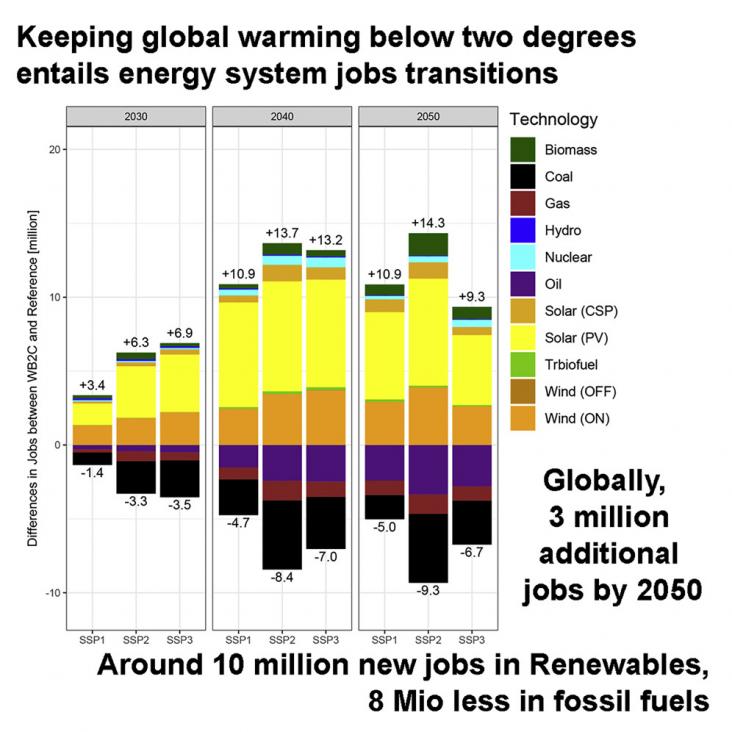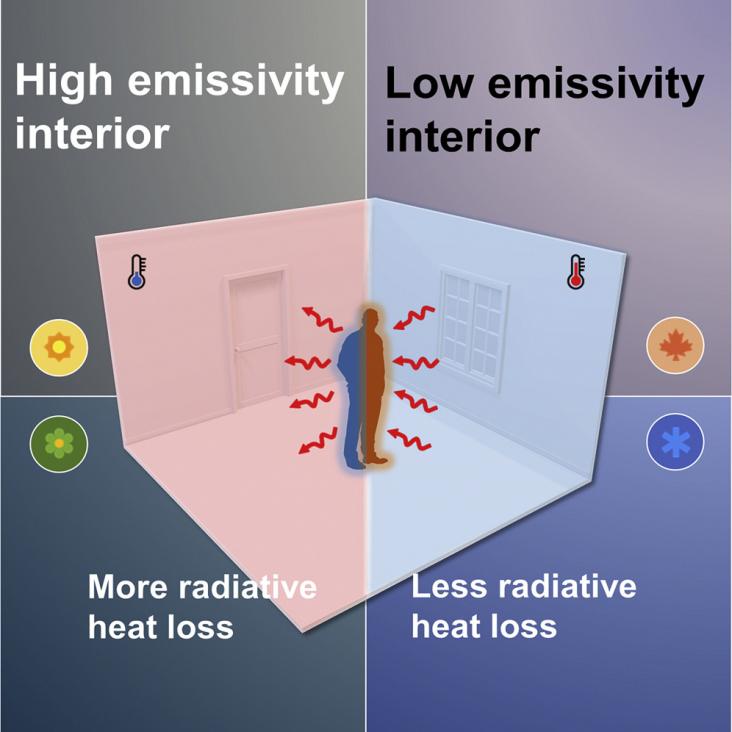This article supports SDGs 7 and 9 by introducing interpretable artificial intelligence (AI) tools, especially proxy models based on artificial neural networks, efficient variable analysis and optimal value prediction of membrane electrode components in proton exchange membrane fuel cells, thereby improving their performance and reducing computational costs.
The review examined the potential of renewable and non-renewable energy resources and the current state of exploitation in Kenya.

Nuclear power's contribution to climate change mitigation is and will be very limited. Currently nuclear power avoids 2–3% of total global GHG emissions per year. According to current planning this value will decrease even further until 2040. A substantial expansion of nuclear power will not be possible. Given its low contribution, a complete phase-out of nuclear energy is feasible.

Many inhabited Greek/Mediterranean islands are unsustainable without mainland support due to lack of access to clean water and energy. This case study establishes the feasibility of sustainable green energy solutions for these settlements.

This paper provides a methodology for the holistic analysis of hybrid renewable energy systems in rural communities.

To limit global warming to well-below 2°C (WB2C), fossil fuels must be replaced by low-carbon energy sources. Support for this transition is often dampened by the impact on fossil fuel jobs.
Owing to its versatility, biomass can be used for a range of CO2 mitigation and removal options.
The lock down engendered by COVID-19 pandemic has impacted positively on the environment through reduction of the emissions of green house gases, CO2, CO and other pollutants into the atmosphere below


